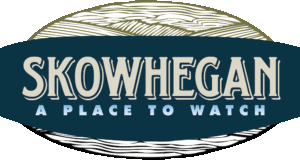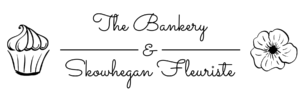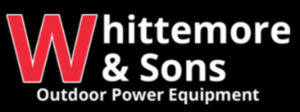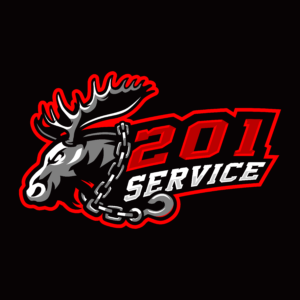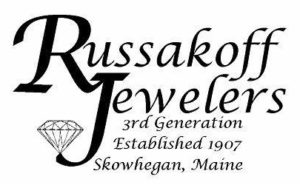Skowhegan History House Museum & Research Center
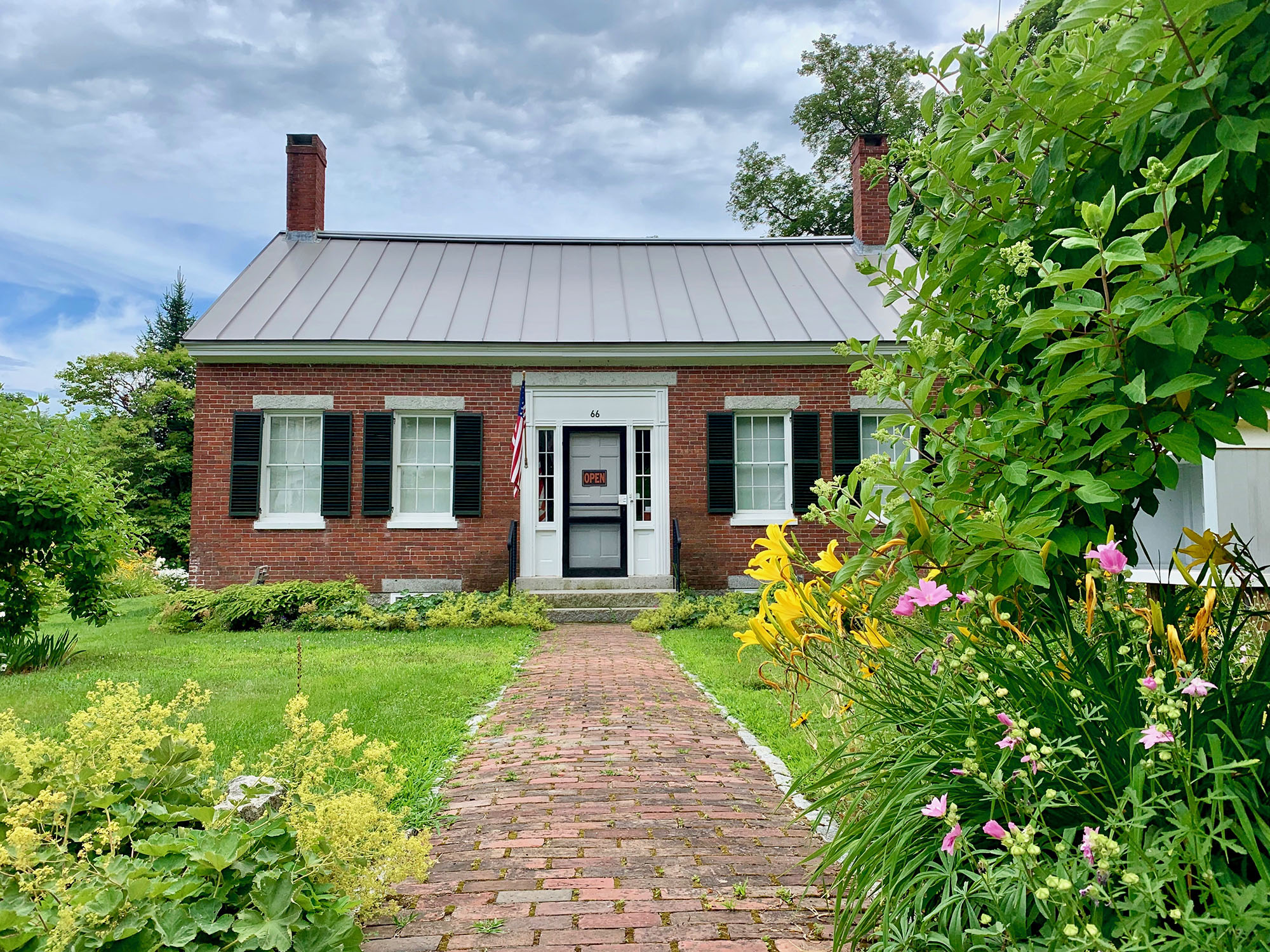
You’re Invited to the Skowhegan History House | August 2019
By Maria Landry
Kim Wilson wants people to know that the Skowhegan History House is a pretty cool place.
“Sometimes people think, ‘It’s just going to be full of dusty old stuff,’” says Wilson, curator of the Skowhegan History House Museum & Research Center. “It’s actually really cool, and there’s something for everyone. I’d like to invite people to come in and check it out. You’ll definitely see some things in here that will blow your mind.”
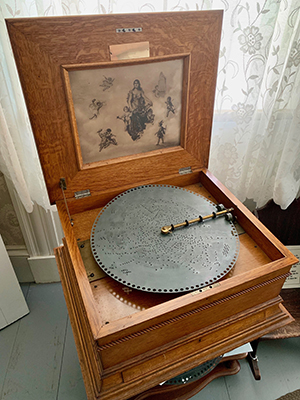
Located at 66 Elm Street, the History House is filled with Skowhegan-related treasures of the past: paintings, photographs, yearbooks, maps, furniture, housewares, a Regina music box crafted in 1892 (“The first time I heard it, it actually brought tears to my eyes,” Wilson said), a “vapor bath” with an intriguing back story (Wilson will tell you all about it), and even Louise Coburn’s childhood dollhouse.
Coburn—niece of Abner Coburn, who donated the land for Coburn Park and was Maine’s governor during the Civil War—was born in 1856 and grew up in the house across the street from the History House.
“She saw this house being used and loved,” Wilson said. “She saw the Lord family, who had 10 children, so she probably saw kids running around and flowers in the garden and animals. And then she saw the next family, two sisters and a father. The father passed away, but the sisters stayed, and the house was taken care of.”
But after the last sister died in 1908, the house was never lived in again. Used by CMP and a logging company, it wasn’t especially well maintained.
“In the ’30s, Louise was writing Skowhegan on the Kennebec, a history of Skowhegan, and she had amassed all these newspapers and old maps and a lot of genealogy material and deeds,” Wilson explained. “I think it must have been that she was looking out the window and the light bulb went on. She thought, ‘I want to store all this research material where people can access it, and I also really want to fix up this house.’”
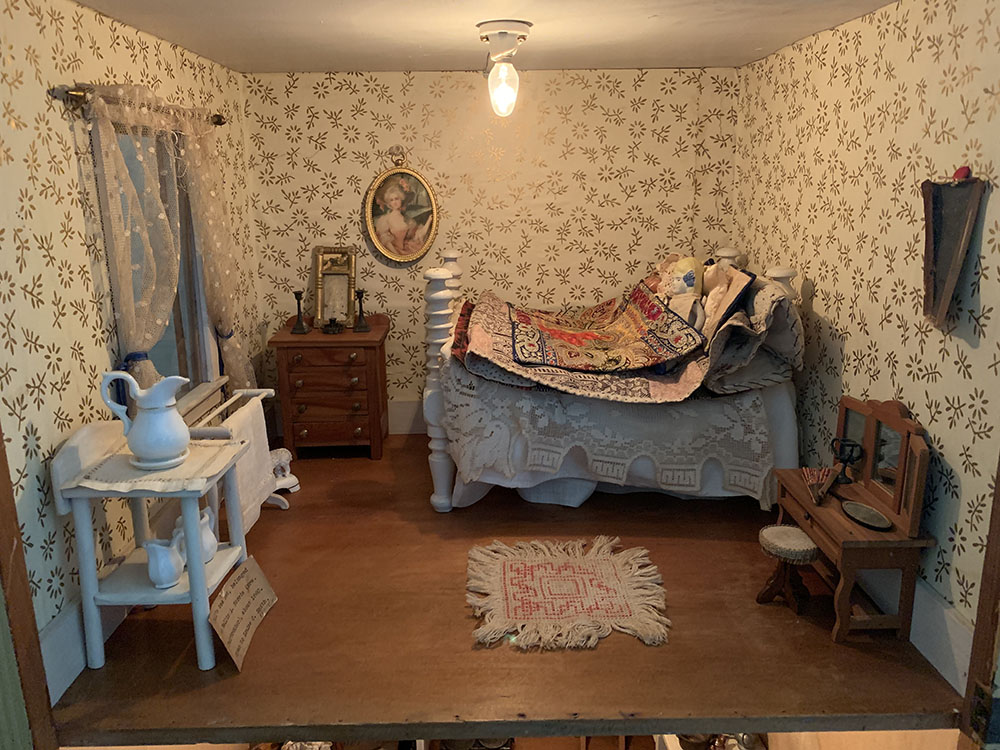
She did just that, establishing the Skowhegan History House Museum & Research Center in 1937.
Many items in the museum’s collection were crafted right in Skowhegan, including skis, bowling pins, and a croquet set. “A lot of stuff made of wood,” Wilson said with a laugh. “We have thousands and thousands of photographs, and those are some of the most precious things here.”
They also have binders and binders of records. People come in to research everything from genealogy to churches to high school graduations. “We have one binder that’s just about fires, which is just fascinating reading,” Wilson said.
In addition, the museum has a rotating exhibit that changes every two years. The current exhibit on the shoe industry in Skowhegan will end when they close for the season in mid-October.
“We still get things every day,” Wilson said. “Today we got four Skowhegan High School yearbooks. Those are one of my favorite things because there’s so much information on businesses and people, and usually there are really good photos.”
The earliest yearbook in the History House’s collection dates to the late 1800s.
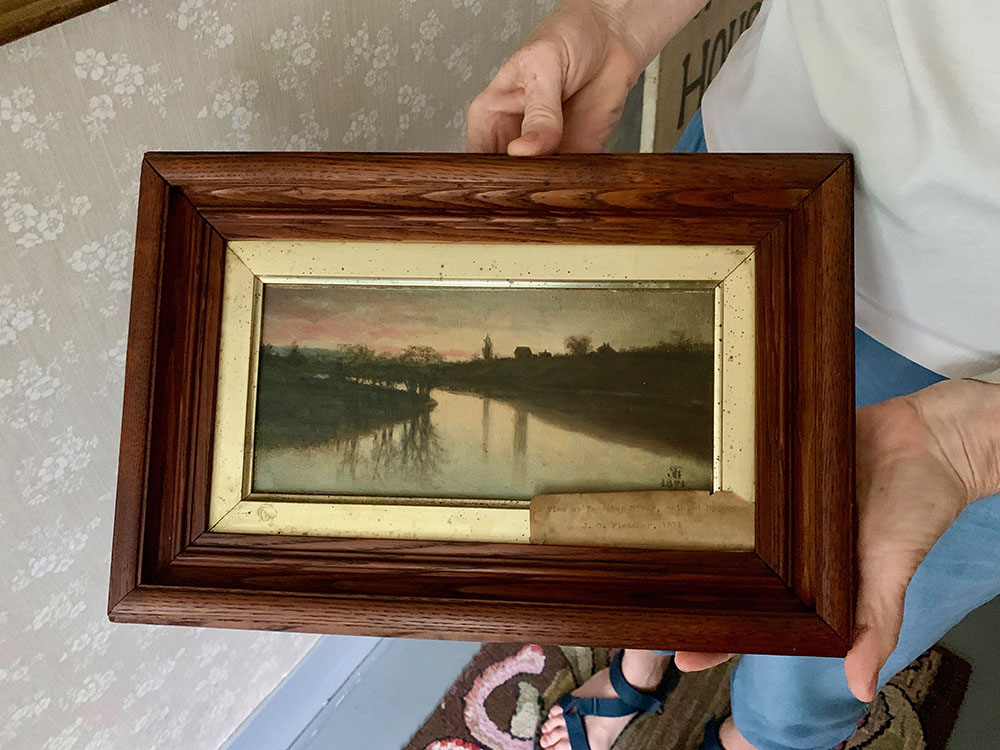
“Louise had a rule when she started the museum that things had to be made in Skowhegan or really significant to Skowhegan or they had to have been used in Skowhegan in the period up to 1937 when the museum opened,” Wilson said.
That rule was only recently amended so that the History House now accepts items through the 1980s in order to cover more history. The four yearbooks that just arrived are from the 1960s.
“People don’t look like this anymore,” Wilson noted as she flipped through one of the yearbooks, adding that there are also plenty of yearbook ads for businesses that are no longer around, providing a window into the past.
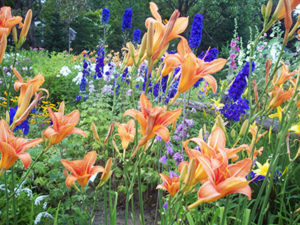
The past is on display outdoors, too, in the vibrant heirloom gardens. Maintained by board president and master gardener Patricia Horine and her “merry band of helpers,” the gardens feature plants that would have been grown in 19th-century gardens. “Some medicinal ones, some just for beauty, some for dying fabric,” Wilson said.
Wilson encourages people to visit for a tour, for research, or just to browse what the History House has to offer.
“I think it’s really important to come and see, for instance, that doorbells don’t need to have batteries in them.” (Tug on the old-fashioned doorbell outside the front door and you’ll learn what she means.)
“Seeing that a town was able to make stuff—a lot of the items here were made in Skowhegan—it’s a sense of pride,” she continued. “Also, you don’t always get an opportunity to look at interesting old things in a really nice location on the river. It’s such an honor to be here every day.”
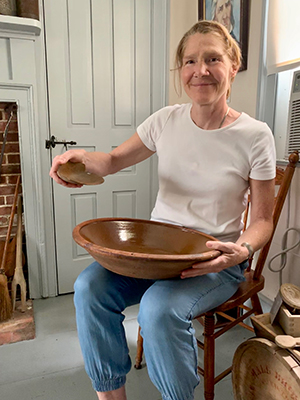
Just for Fun: Quick Q&A with Kim Wilson
Q: What are some of your favorite items at the History House?
A: There’s a little wooden scoop that somebody carved, and it feels like a quahog shell, like a big clam shell. It was used in conjunction with this ceramic dish that was actually made by the two Philbrick brothers who had a pottery business where this house is—there used to be a pottery business here prior to 1839, when the house was built. What you would do is take this big pottery dish and fill it with milk that was still warm from the cow, and then you would set that in a basin of cold water. The cold water would rapidly chill the milk, the cream would rise to the top, and then you would take this wooden clam shell and skim the cream off the top. It fits so beautifully in your hand. It’s just beautifully made.
Learn more about the Skowhegan History House on their website and Facebook page.





